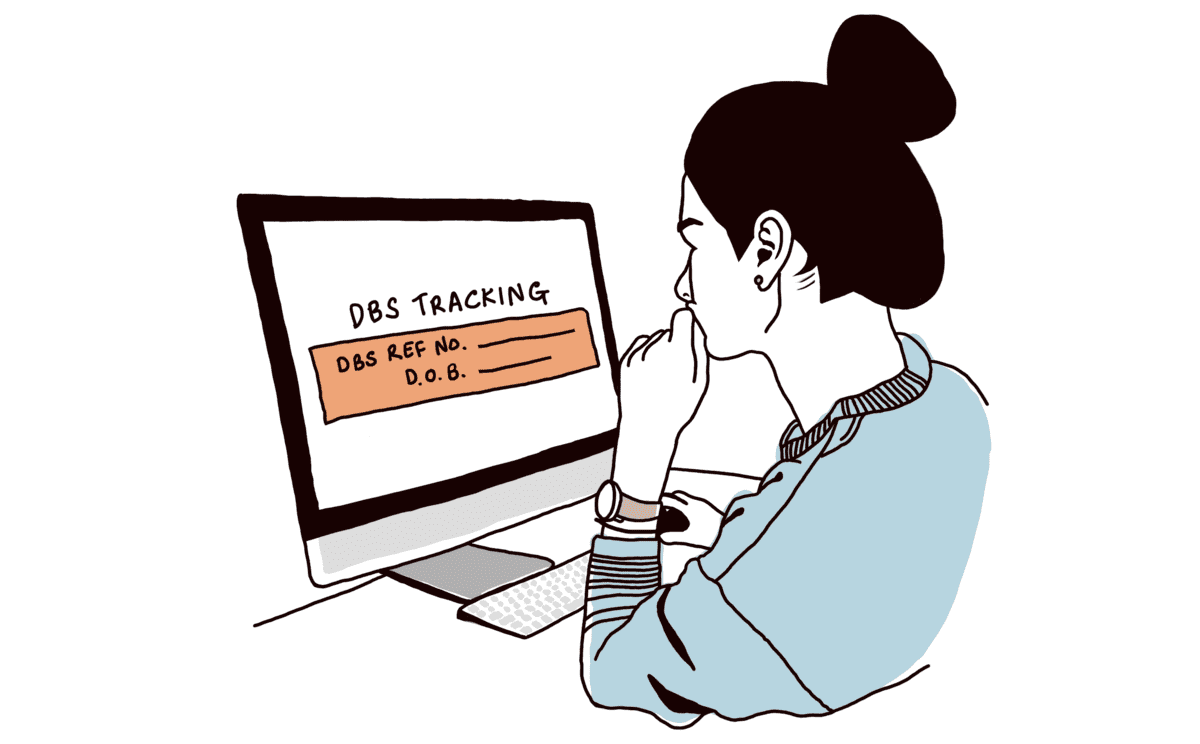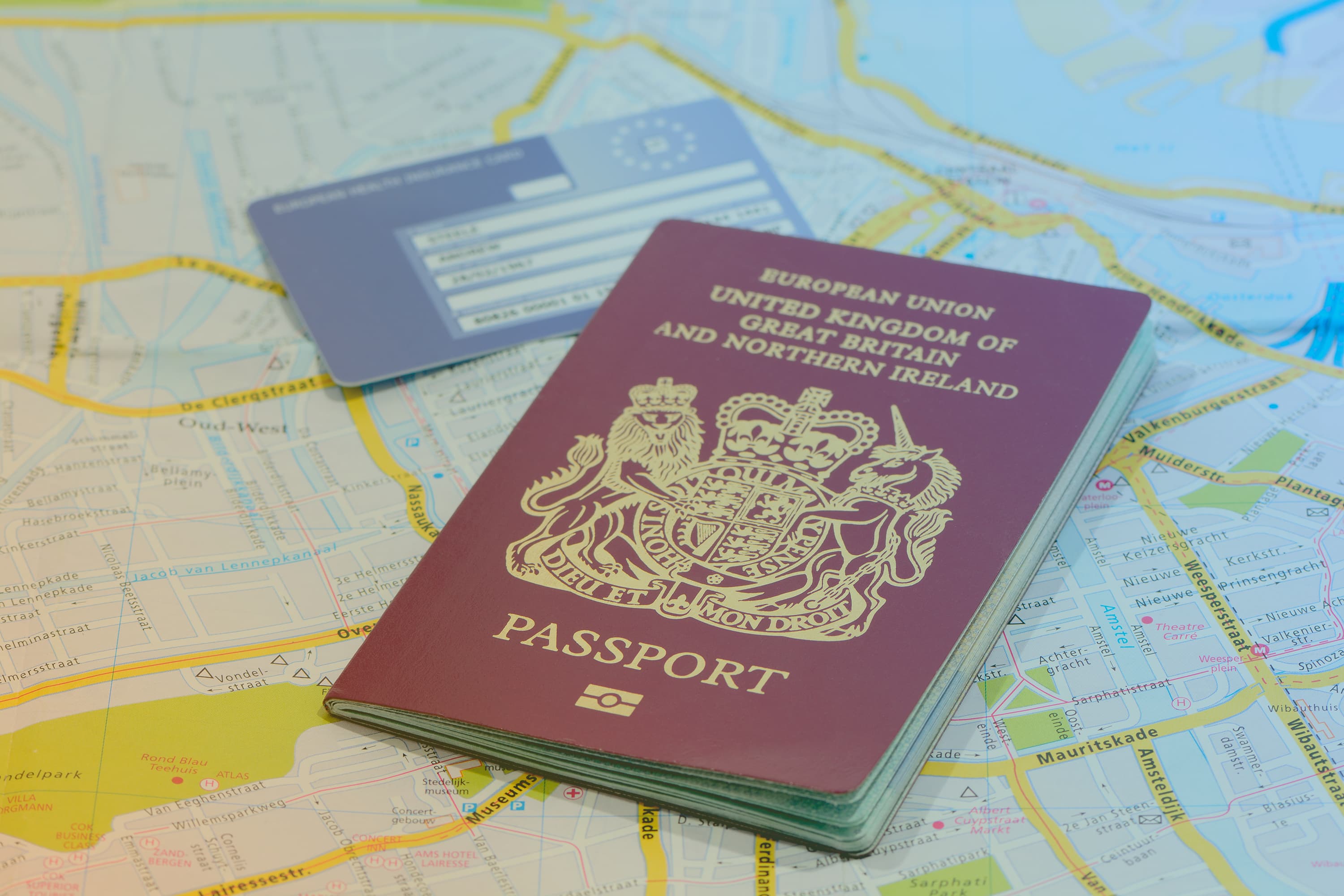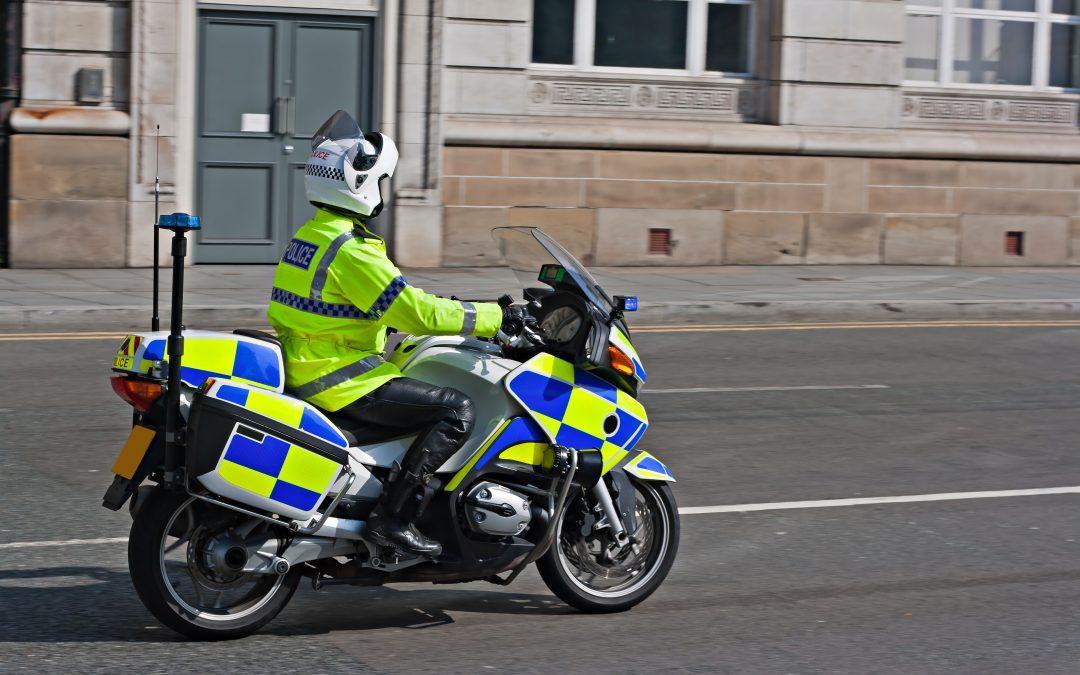When you’re applying for a Disclosure and Barring Service (DBS) check, it’s important to understand the process behind it. Each application goes through up to five stages of vetting, depending on the type of disclosure requested: Basic, Standard, or Enhanced. The more detailed the check, the more thorough the screening process.
But how do you track the progress of a DBS check? What information do you need, and where do you access this service? Our guide to DBS tracking covers everything you need to know, from how the process works to how you can stay updated on your application’s status.
What are the different types of DBS checks?
The Disclosure and Barring Service (DBS) offers several types of checks to help employers make safer recruitment decisions. These checks help identify whether someone has a criminal record or is barred from working with vulnerable groups. Here are the key types of DBS checks available:
This is the simplest type of check and shows any unspent convictions the individual may have. It’s available to anyone and can be requested either by the individual or, in specific cases, by an employer. It’s commonly used for roles that don’t need more in-depth checks.
A standard check gives a broader picture, showing both spent and unspent convictions, cautions, reprimands, and warnings. You’ll typically need this for roles with more responsibility, like jobs that involve financial oversight or require security clearance.
This is the most comprehensive type of check. It includes all the information found in a standard check, plus a search of the barred lists to confirm the individual isn’t prohibited from working with vulnerable groups. It’s essential for roles in healthcare, education, and social work.
-
Enhanced DBS check with barred list information
This is the most detailed check. In addition to spent and unspent convictions, cautions, and warnings, it also checks whether the individual is barred from working with children or vulnerable adults. It’s needed for those working in regulated activities, like teaching, care, or childcare roles.
How do you track your DBS application?
Tracking your DBS application is a straightforward process, whether you’re the applicant or the employer. Here’s how you can stay updated on the status of your application:
- For applicants – If you’re applying for a DBS check, you’ll need your unique DBS reference number and your date of birth to track your application. You can find the reference number in the confirmation email sent when your application was submitted. Once you have it, just use the official tracking link to check the progress.
- For employers – As an employer, you can request the applicant’s DBS reference number from us at uCheck. This lets you track the application status directly. If you’re unsure or need help, feel free to contact our team.
- For employees – If you’re an employee, you might not have direct access to the reference number. You’ll need to contact the organisation that submitted your application. Alternatively, you can get in touch with the DBS to request the number. Once you’ve got it, you can use the tracking link to monitor progress.
By using the DBS reference number and the tracking link, you’ll be able to monitor your application’s progress and stay informed about when it’s completed.
What does the tracking process show?
The DBS tracking process gives you regular updates on your application. Here’s what each stage means:
- Application received – This confirms that the DBS has received your application. Your details are being processed, but checks haven’t started yet.
- Under review – At this stage, the DBS starts checking your information against their records. This includes verifying any criminal record history or relevant background details.
- Completed – Once the check’s done, you’ll get a notification. If you’re an employer, this is when you’ll receive the final result, showing any convictions or cautions—or confirming the individual is cleared to work.
- Certificate issued – When the check is complete, a DBS certificate is posted to the applicant. It contains the results, including any criminal history or a confirmation of a clean record. Employers may also get a notification, depending on the type of check.
- Further information required – Sometimes, the DBS may ask for more details to finish the check. This could mean clarifying certain information or doing extra checks. If that’s the case, they’ll usually contact the applicant or employer directly.
By tracking your application, you’ll see each stage of the process, so you’re always in the loop and know when your check is complete.
The 5 stages of the DBS checking process
When the application has been approved via our platform, it initially comes through to us to countersign. Once the application has been paid for, it will be sent to the DBS.
At this point, the system will generate the E0 Tracking Reference number, which applicants can use to track their application online by Googling ‘track my DBS’.
Once the DBS receives the application, it goes through up to five stages depending on the level of the check, from receipt through vetting to the final printing:

Stage 1: application is received and validated
Once the applicant has submitted their half of the form, it will then go to the employer to complete the second half.
Once this has been countersigned, payment needs to be made for the application. From here, it will be sent to the DBS for the vetting process.
The DBS receives the application and checks it for omissions or errors. If the form has been completed correctly, it will be scanned into the DBS system.
If it has been completed incorrectly, the DBS will query the application and return it for correction to the countersignatory (if you submit an application through uCheck, that’s our team!).
uCheck will then forward this to the employer so they can confer with the applicant regarding the correct details.
Please note that as of 31st May 2021, the DBS are unable to make any amendments to personal information on applications. As a result, if details aren’t listed, they cannot be added later.
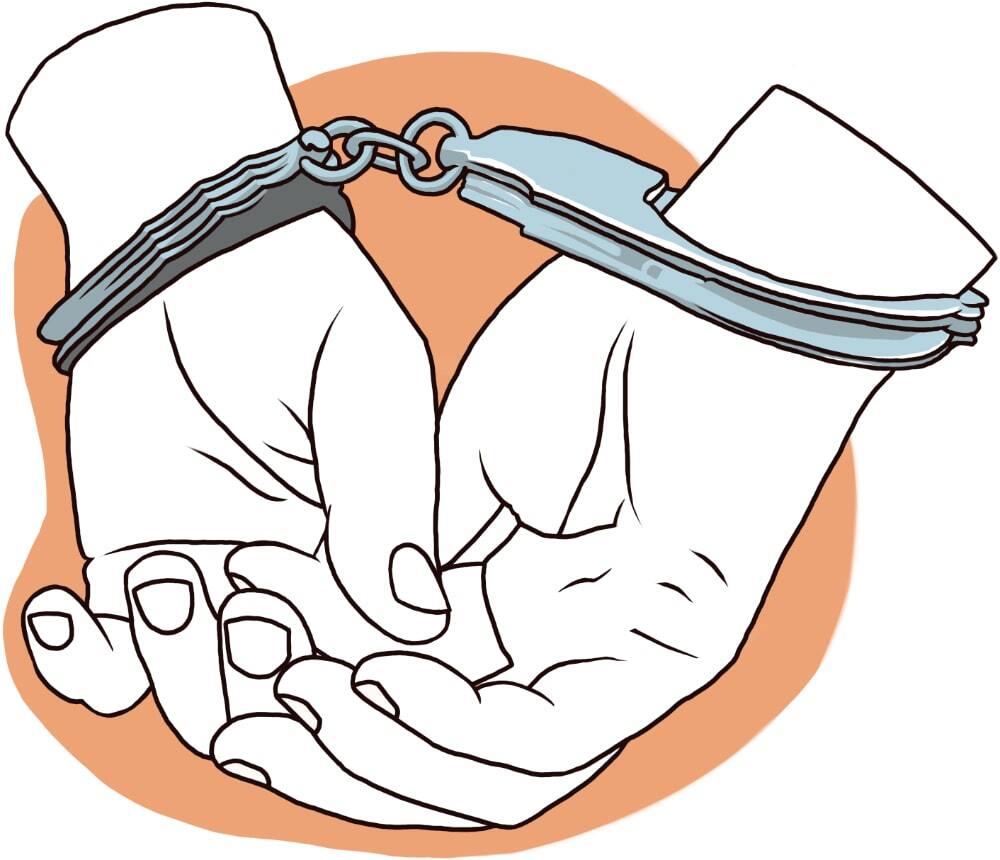
Stage 2: police national computer searched
Key data from the application form is compared against details from the Police National Computer (PNC) to search for any matches.
The PNC is a computer system that stores and shares criminal records information, and is used extensively by law enforcement agencies across the UK. The PNC contains several separate databases, including Name Files, Vehicle Files, Property Files and Driver Files.
Basic DBS certificates will include details of unspent convictions and conditional cautions recorded on the PNC. Standard and Enhanced DBS certificates will show any spent or unspent convictions, cautions, reprimands or warnings that are not subject to filtering, along with any other relevant information held by the applicant’s local police force for Enhanced Checks.

Stage 3: children and adults’ barred lists searched, where applicable
In this stage, the application is checked against the children’s and vulnerable adult’s barred lists. Please note that although this stage may appear on the tracking service, it will only apply to enhanced DBS applications where a barred list check has been requested.
Not all applicants who are entitled to undertake an enhanced DBS check will also be entitled to a barred list check. Eligibility for a barred list check is dependent on the applicant’s job role and where they will be working.
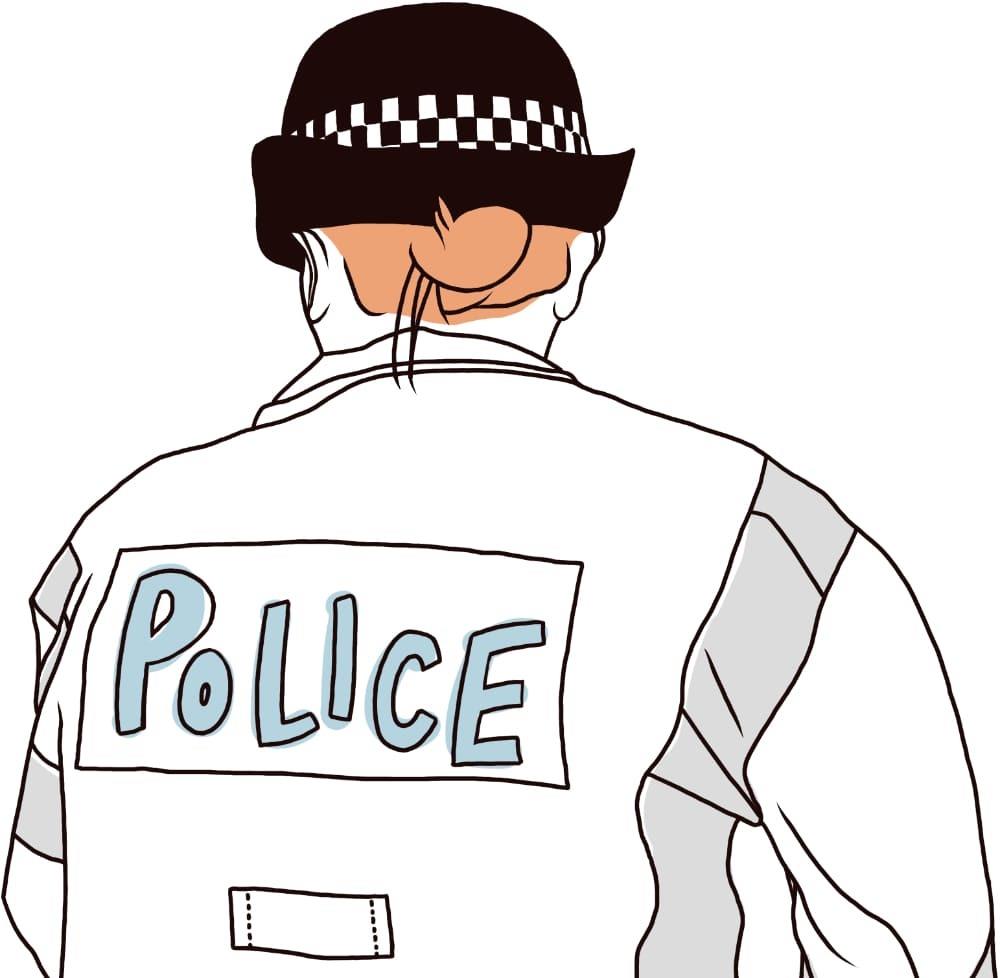
Stage 4: records help by the police are searched
Enhanced DBS Checks are sent by secure, electronic means to the police for an additional check of local records before the information is sent back to the DBS.
The applicant’s details may be the same or similar to details held at any police force across the country. To ensure potential matches are not missed, those police forces will check the details against their locally held information.
The DBS has also published guidance that looks at stage 4 in more detail and explores the role that the police play in the DBS checking process.

Stage 5: a DBS certificate is printed
Once the vetting process is complete, all the information to be disclosed is printed under highly secure procedures and is posted to the applicant’s home address.
The DBS prints and posts out the certificate directly, so uCheck have no role in this part of the process.
As soon as a check is complete, the employer or organisation that requested the check will receive an automatic email notification showing the result.
The results certificate will be posted to the applicant, and the employer or organisation will be able to download an online summary as a PDF.
Is it possible to speed up the DBS checking process?
Once the application has been sent to the DBS, it’s out of our hands. We don’t perform the vetting process ourselves so unfortunately, there’s nothing we can do to speed it up!
Most checks are completed within 48 hours. However, they can occasionally take a little longer, which may be due to incorrect information or delays with local police.
There’s also currently a backlog of applications due to the coronavirus pandemic.
If an application has been at Stage 4 for 60 days, we can escalate it with the DBS. From then on we can only escalate it every 10 working days. In addition, applicants can contact their local police force to chase their application, and they can do this as frequently as they like.
If the application has been at Stage 5 for more than 10 days, the applicant can contact the DBS to chase it up.
Need a DBS check? Let us take care of the rest
At uCheck, we simplify the DBS check process for individuals and businesses alike. Our easy-to-use online platform lets you apply for Basic, Standard, or Enhanced DBS checks, with results typically delivered within 48 hours. Whether you need a Basic check for general roles, a Standard check for positions in regulated industries, or an Enhanced check for roles involving vulnerable individuals, we ensure fast, secure, and fully compliant results.
With uCheck, you can trust that your DBS check will be handled efficiently, allowing you to focus on what matters. Start your DBS check today and experience the quickest and most reliable service available.

